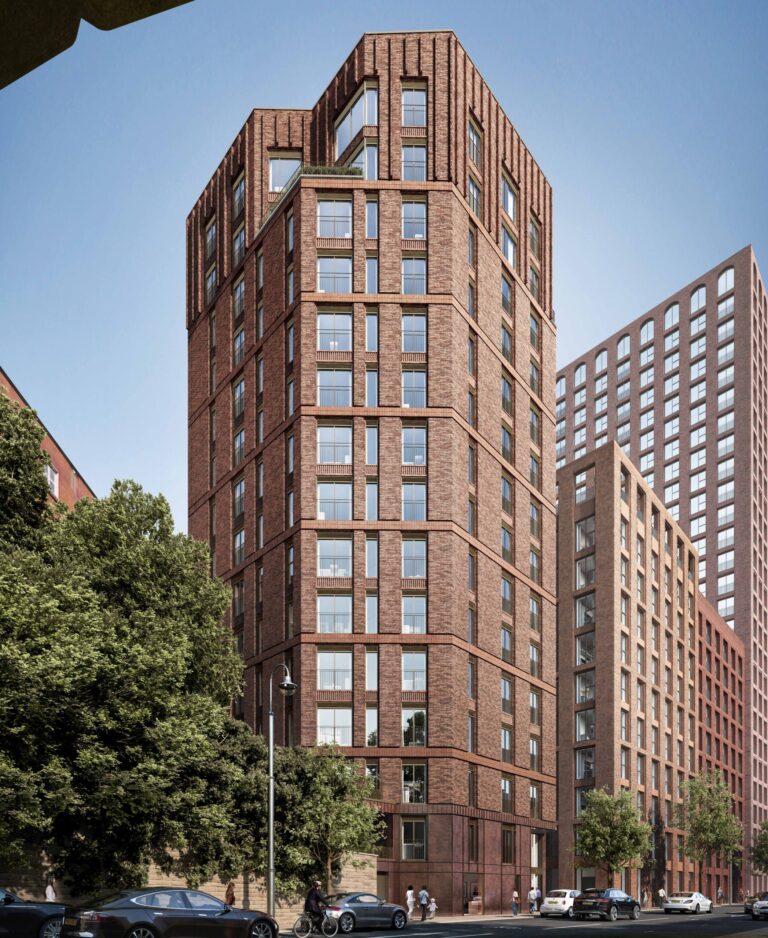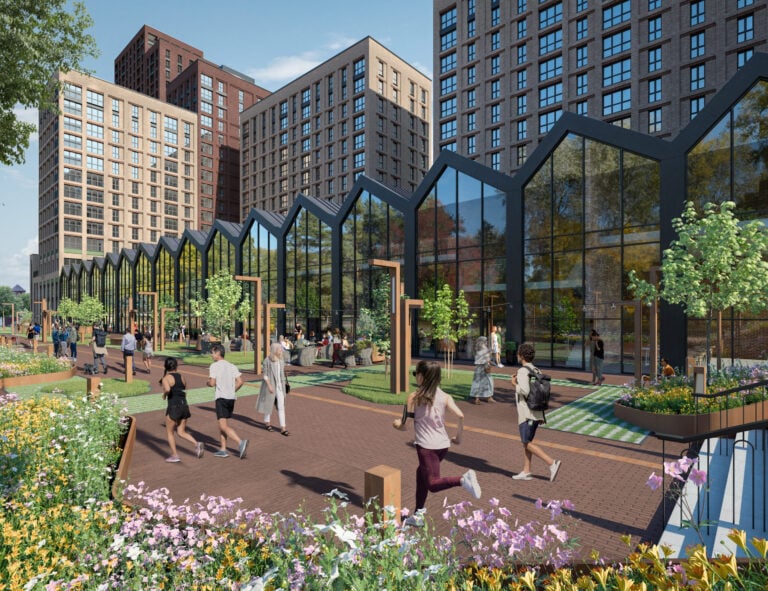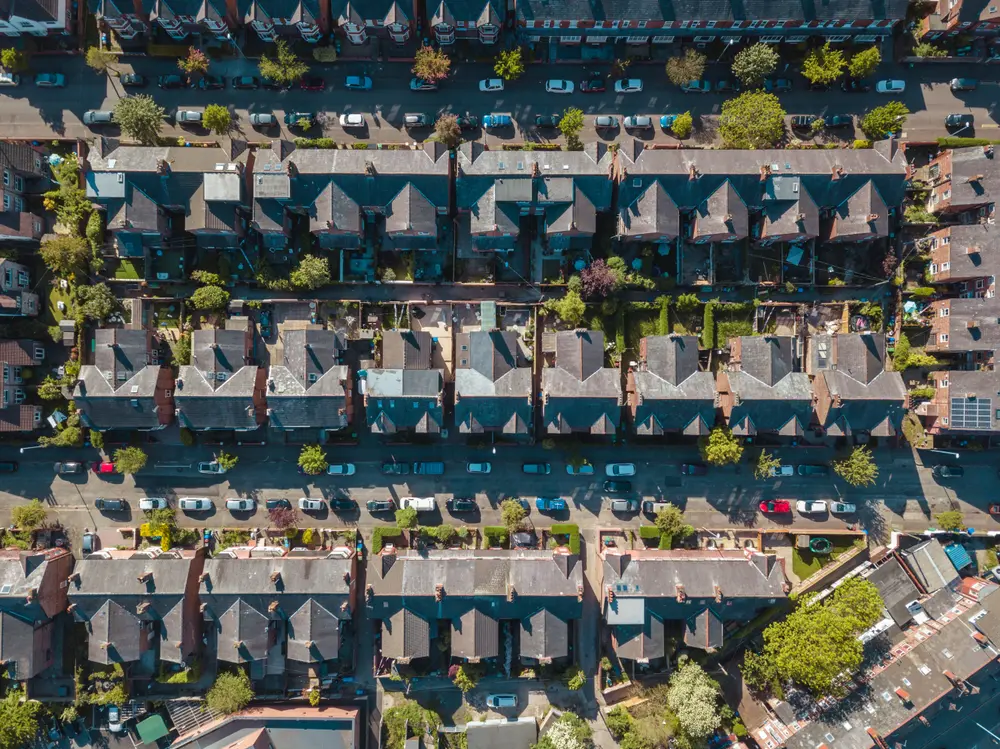The Northern regions continue to forge ahead in the UK property market, with an overall 3% house price rise in the latest figures.
Overall, UK house prices increased by a steady 1.6% across the country in the year to May, according to Zoopla’s latest house price index. This is despite the expected dampening effect of the stamp duty change at the start of April, with the number of sales agreed in May actually surging to its highest point in four years with a 6% annual rise.
In the North of England, along with Scotland and the East Midlands, higher property price rises have coincided with the fastest growth in agreed sales compared with a year ago.
The North West in particular is leading the way, with Liverpool recording the highest annual house price growth of the UK’s 20 major cities of 3%. However, across the wider area, the likes of Blackburn, Wigan and Birkenhead, on the periphery of the main cities of Manchester and Liverpool, were the strongest performers with price rises of up to 6%.
Stiff competition supports house prices
As with any market, the balance between supply and demand has a big effect on pricing.
Zoopla’s report notes that there has been a rapid rise across the South in homes for sale, with 21% more properties on the market in the South West than there were a year ago; 17% more in London; and 15% more in the South East.
This gives buyers greater choice, but puts them in the driver’s seat when it comes to house prices. In the South, property price growth over the past year was less than 1%, hovering as low as 0.5% in the South East.
However, heading north, the tables are turned with the North West recording just a 3% rise in the number of homes for sale compared with last year, while Scotland recorded a 5% increase. This has resulted in a 3% house price rise across the North West region, says Zoopla, with a 2.9% hike in Scotland.
Across all the northern regions, property prices continue to rise faster than the national average, supported by this lack of supply along with better affordability, and a boost in employment growth drawing more buyers to these locations.
“Most popular housing market”
Strong buyer appetite in the North West of England makes it the “most popular housing market” in the country, says Toby Leek, NAEA Propertymark president.
“Even during a time of economic turbulence, it is encouraging to see that the housing market is the busiest it has been since May 2021, and that house price inflation remains stable. This news demonstrates that there is still an appetite for housing as inflation in general continues to impact the wider economy.”
The Bank of England’s decision to reduce interest rates to 4.25% is also likely to have played a role in spurring on the housing market, with growing numbers of lenders offering sub-4% deals to borrowers, boosting buying power. This is despite the less favourable inflation results in the latest announcement.
In general, the more affordable regions see greater appetite when borrowing costs are high, as less leverage is needed to buy. This tends to mean the priciest markets like London fall flat, as buyers step back until rates improve.
Stamp duty, too, was expected to affect buyer interest, as a greater number of properties now fall into the remit of the tax across the whole country. This means needs-based purchases are likely to be the strongest market, and Zoopla’s report notes that the vast majority of sales were made by home movers.
Property investment in the North
Recent research from Hamptons found that almost four in 10 buy-to-lets purchased during the first four months of this year were located in the Midlands or the North.
This is up from 34% in 2022, which was when interest rates began their steep climb to recent historic highs of 5.25%, having now begun to descend once more matched by lenders pulling out better mortgage rates for borrowers.
Back in 2007, less than a quarter (24%) of property investors targeted the Midlands and North, which shows how far the balance has shifted. This marks a general, gradual increase in the North/South divide seen across the UK property market, as the more expensive areas in the South have flattened while parts of the North have thrived.
This geographical shift, says Hamptons, has provided property investors with “more headroom”, which is particularly significant in light of stamp duty changes creating a higher tax bill, as well as stronger rental yields in northern areas boosting landlords’ returns to offset these higher costs.
Hamptons has also compared rental yields between northern and southern regions, revealing that gross yields in the North East come out top at an average of 9.3%, followed by the North West (8.2%), the East Midlands (7.2%), Yorkshire and the Humber (7.9%), and the West Midlands (7.8%).










